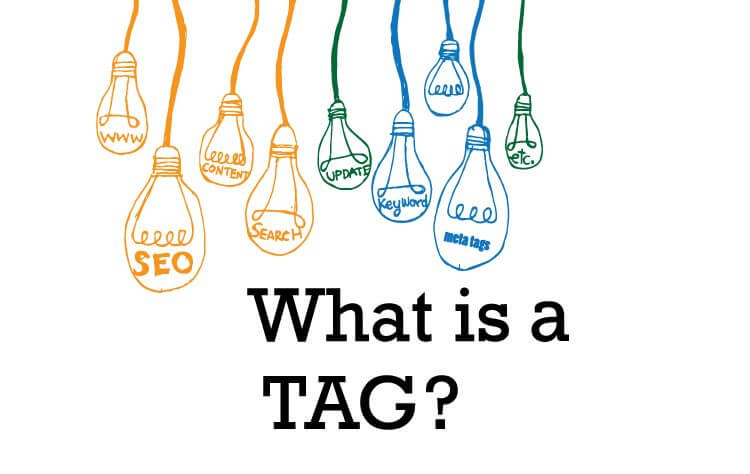Since you landed on this post, you probably have heard the term – “tag.” But, you don’t have a complete grasp of its use case and importance.
The tag is simply a type of Metadata assigned periodically to a piece of information that makes it easy for the users to scan through a particular content by searching through it.
The concept of tagging can also be grabbed from the lights of social media giant – Facebook where you can simply tag people according to the photos and events. Simply take; it’s a process of classifying or levying ownership on any form of information like images, words, and digital products.
Historical Background of Tag
The early deployment of tags was made through internet databases where it was used by users to find content.
However, the word tag came to popularity with the amendment of web 2.0 on the internet and is still a vital part of many web 2.0 services. In 2003, the social bookmarking site Delicious used the tag functions on their bookmarks to help users find their bookmarks later.
At this point of time, SEO was a mysterious and big thing. So, this system got skyrocketed by this easy function. Similarly, Flickr – A photography community also used this feature that let users add their own text tags which made the photos highly searchable.
Tags may not be the real classic way of organisation but it does offer number of ways to classify an item. This is what made it widely popular in no time.
Types of Tags
- Triple Tags: A tag that uses a special syntax for meaningful interpretation. Used mainly on social bookmarking sites & photography sites.
- Hash Tags: Mostly popular on social media like Facebook and Twitter. It makes the news viral and easily accessible.
- Knowledge tags: It captures knowledge from the digital resource in the form of tags.
Why are tags the fundamental approach for classifying your items?
Flexibility
When it comes to organisation, maintaining a hierarchical structure based upon the location is the opted idea. However, having a single location system hinders the classification methodology. This is where tags play an important role. It offers great flexibility in terms of classification without having to worry about the structure. You can create as many tags as possible without any limitation making it one of the vital options for item organisation.
Makes content highly accessible
Tags along with categories make the search program relatively easy for users if they are working on a huge system. Although category and tags are different in many ways but it both functions on making content highly searchable. If you have given 4-5 tags for a particular content that describes it well. You can easily search through it by tags making it easily accessible. Readers can simply browse through their favourite topic of interest with the help of tags.
Builds authority on social bookmarking sites
If you look beside classification, the other thing that tags help to do is build authority on social bookmarking sites. Although these type of sites have a reduced value these days, but it does have the power to get a small business website rank. If you have a powerful social bookmarking account, the juice passed through it does help in SEO. And, adding tags is one way to build authority to social bookmarking sites. There are a tonne of users using these sites. So, you can also steal decent traffic to your website through these websites.
When and how to use tags
Tags are mostly used on digital products like digital photographs, address books, web pages, taxonomies, and social media. The easiest way to use tags is by opting for software that supports the website configuration. If you are using CMS like WordPress, writing tags become a breeze.
Wrapping Up,
Perhaps, you have gathered few ideas on tags and how it works. What concept do you have about tags? Do let us know in the comments.

![Can AI Tools Replace Designers? [12 Marketing Experts Weigh In]](https://www.nirmal.com.au/wp-content/uploads/2025/02/1-800x800.webp)

![AI Marketing Tools [2025]: 11 Experts Share Their Top AI Picks & Insights](https://www.nirmal.com.au/wp-content/uploads/2025/02/2-800x800.webp)